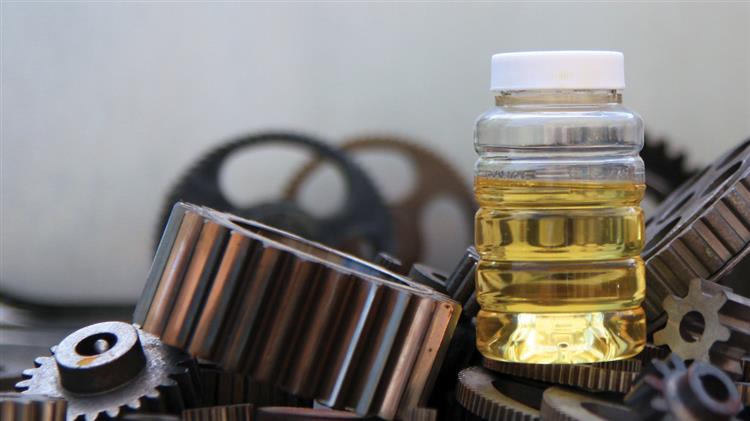
5 common mistakes made when developing a Lube Oil Condition Monitoring Program
Lube oil condition monitoring programs are essential for ensuring the optimal performance and longevity of machinery. However, developing an effective program requires careful planning, execution, and attention to detail. In this article, we will discuss five common mistakes made when developing a lube oil condition monitoring program, along with examples of how they can impact program effectiveness.
Mistake 1: Lack of Understanding of Machinery and Lubrication Requirements
One of the most significant mistakes made when developing a lube oil condition monitoring program is the lack of understanding of machinery and its lubrication requirements. For example, a company may use the wrong type of lubricant or not change the oil frequently enough, leading to machinery breakdowns or reduced performance.
To avoid this mistake, it is essential to thoroughly research and understand the machinery and its lubrication requirements. For instance, a company using a compressor may need to use synthetic oil to prevent the buildup of carbon deposits in the system.
Mistake 2: Inconsistent Sampling Procedures
Consistent sampling procedures are critical to obtaining accurate and reliable oil analysis results. However, many lube oil condition monitoring programs suffer from inconsistent sampling procedures, such as taking samples at different intervals or from different locations.
For example, a company may take samples from the top of the oil reservoir in one test and from the bottom in another, resulting in inconsistent data. To avoid this mistake, it is essential to establish a standard sampling procedure and train all personnel involved in the sampling process.
Mistake 3: Relying on a Single Oil Analysis Technique
Many lube oil condition monitoring programs rely on a single oil analysis technique, such as spectroscopy or viscosity measurement. While these techniques can be effective in detecting certain types of issues, they may not be sufficient to detect all potential problems.
For example, a company may rely solely on spectroscopy to detect metal wear debris in the oil, but not particle counting, which can detect smaller particles. To avoid this mistake, it is essential to use multiple oil analysis techniques that complement each other.
Mistake 4: Not Establishing Baseline Data
Establishing baseline data is critical to tracking changes in the oil’s condition over time. Unfortunately, many lube oil condition monitoring programs do not establish baseline data, making it difficult to identify changes and trends.
For example, a company may not establish baseline data for a piece of equipment, making it impossible to track changes in the oil’s condition over time. To avoid this mistake, it is essential to establish baseline data for each piece of equipment and lubricant type.
Mistake 5: Not Acting on Oil Analysis Results
Perhaps the most significant mistake made when developing a lube oil condition monitoring program is not acting on oil analysis results. Many programs collect data but fail to take action when issues are detected.
For example, a company may detect high levels of water in the oil but not take action to remove it, leading to corrosion and reduced performance. To avoid this mistake, it is essential to establish a plan of action for addressing issues identified through oil analysis and regularly review the program’s effectiveness.
Conclusion:
Developing an effective lube oil condition monitoring program requires careful planning and attention to detail. By avoiding the common mistakes discussed in this article, you can develop a program that provides accurate and reliable data to help ensure the optimal performance and longevity of your machinery. Remember to research and understand the machinery and its lubrication requirements, establish consistent sampling procedures, use multiple oil analysis techniques, establish baseline data, and take action on oil analysis results.





